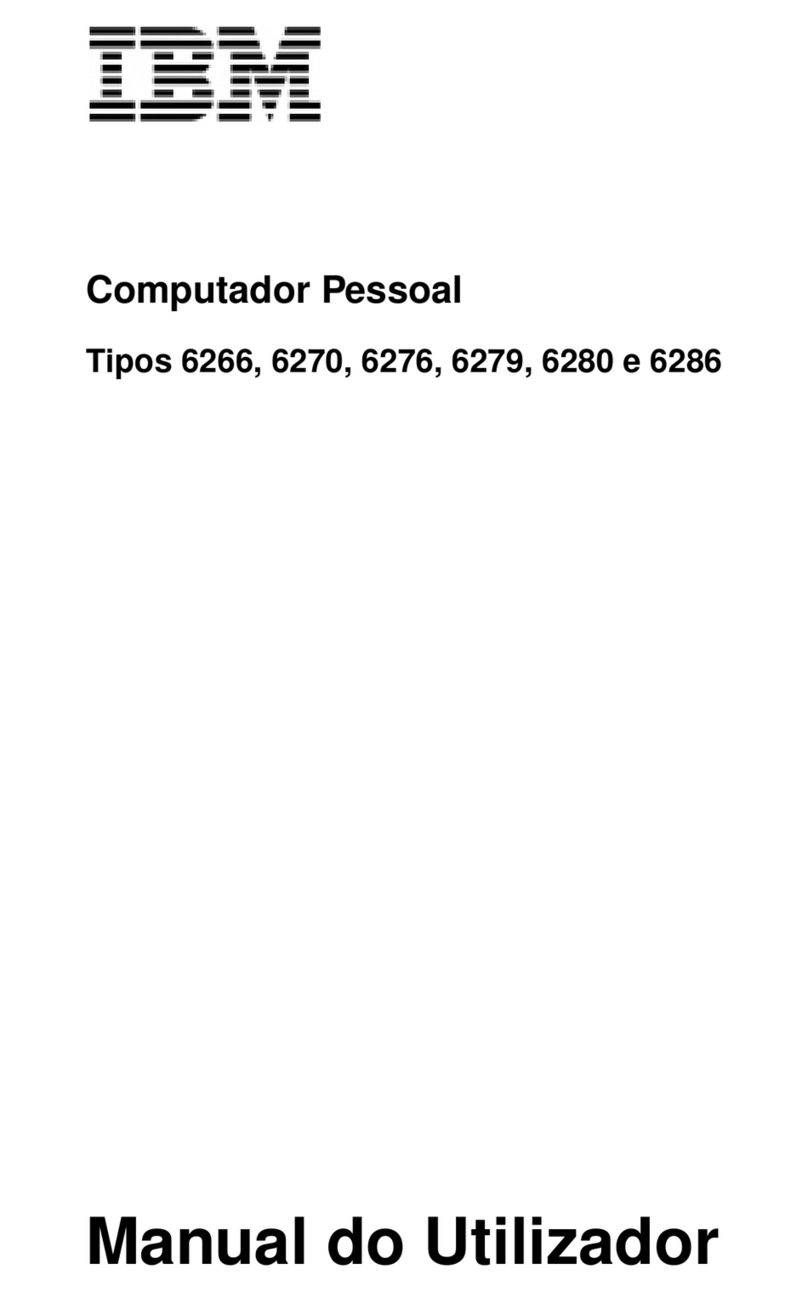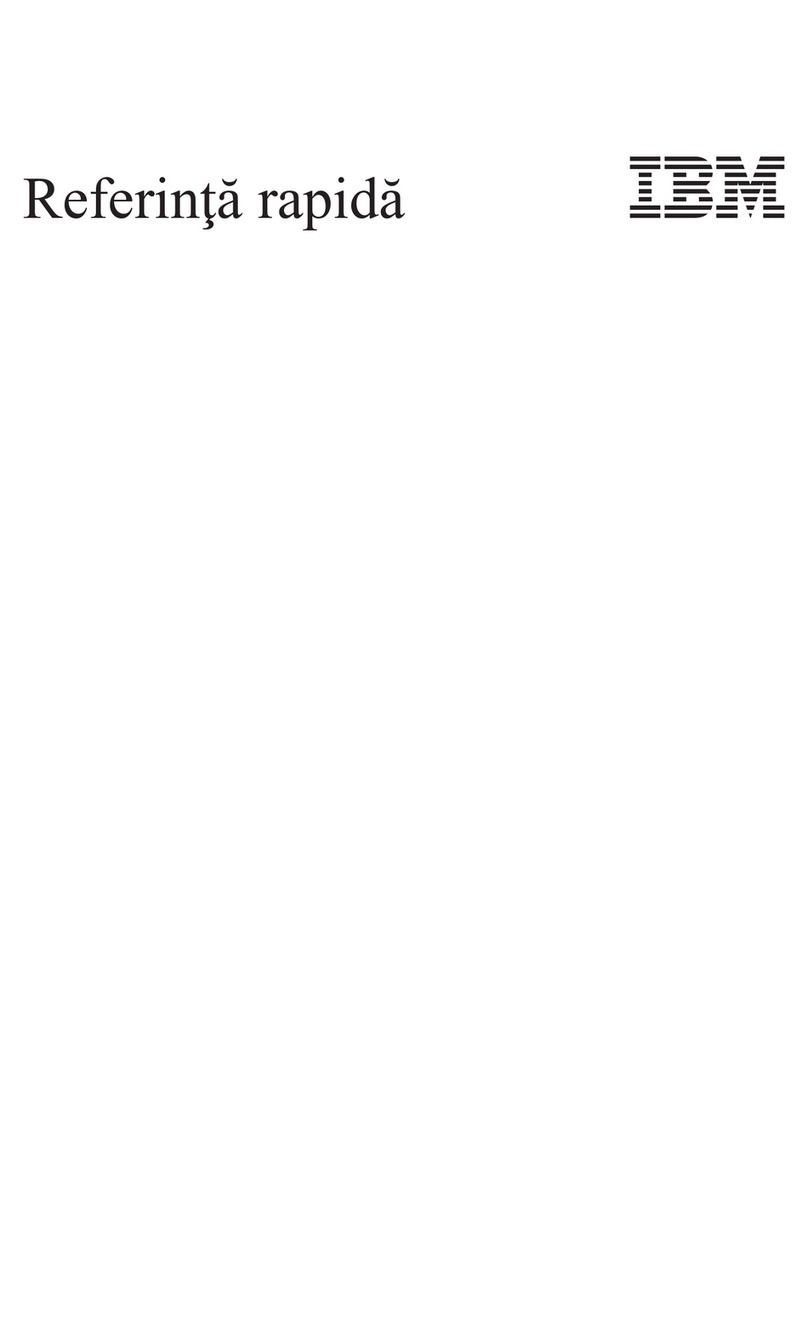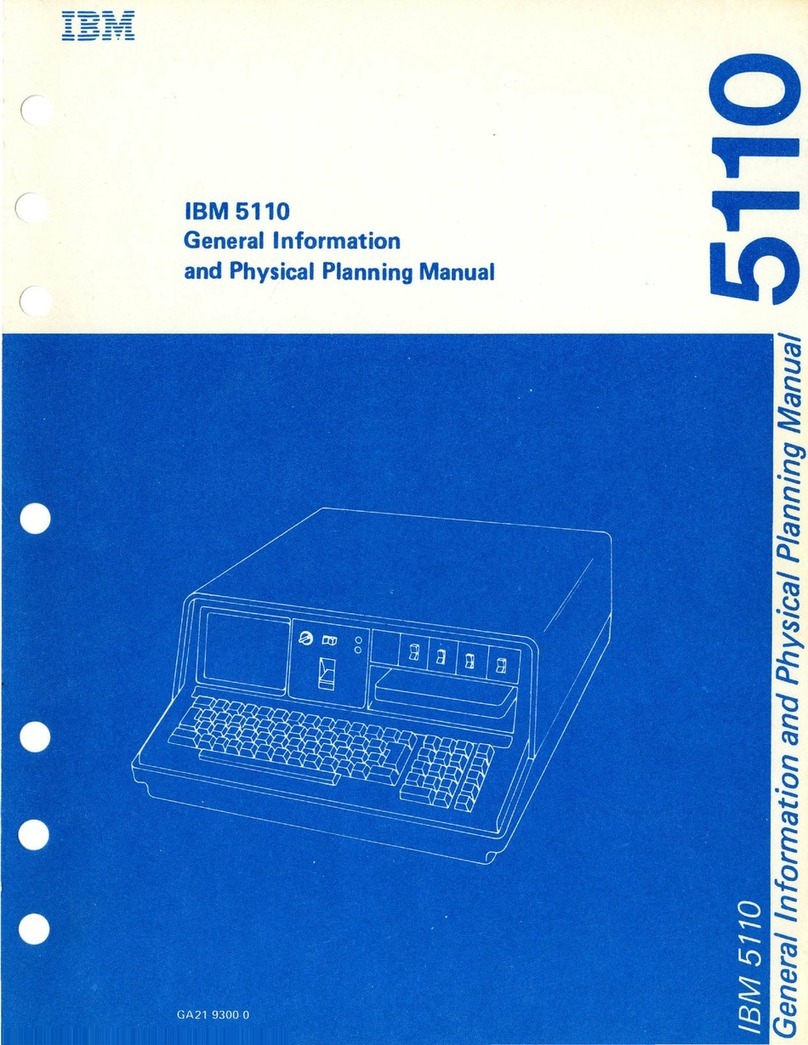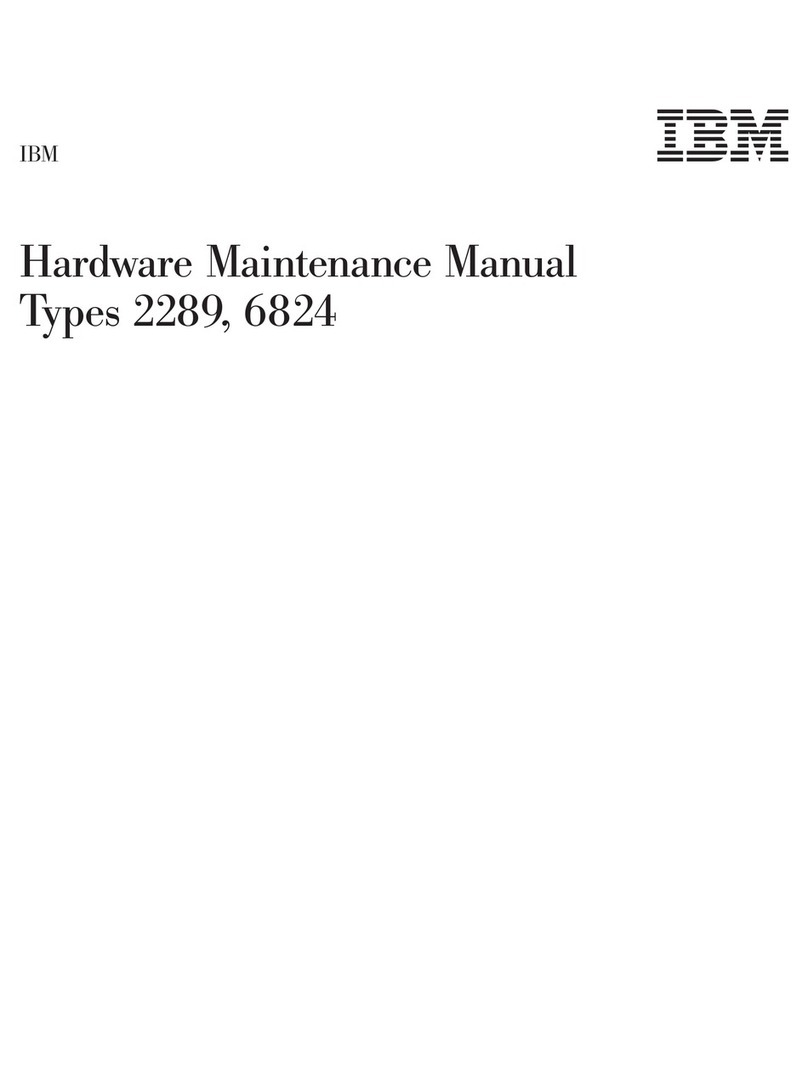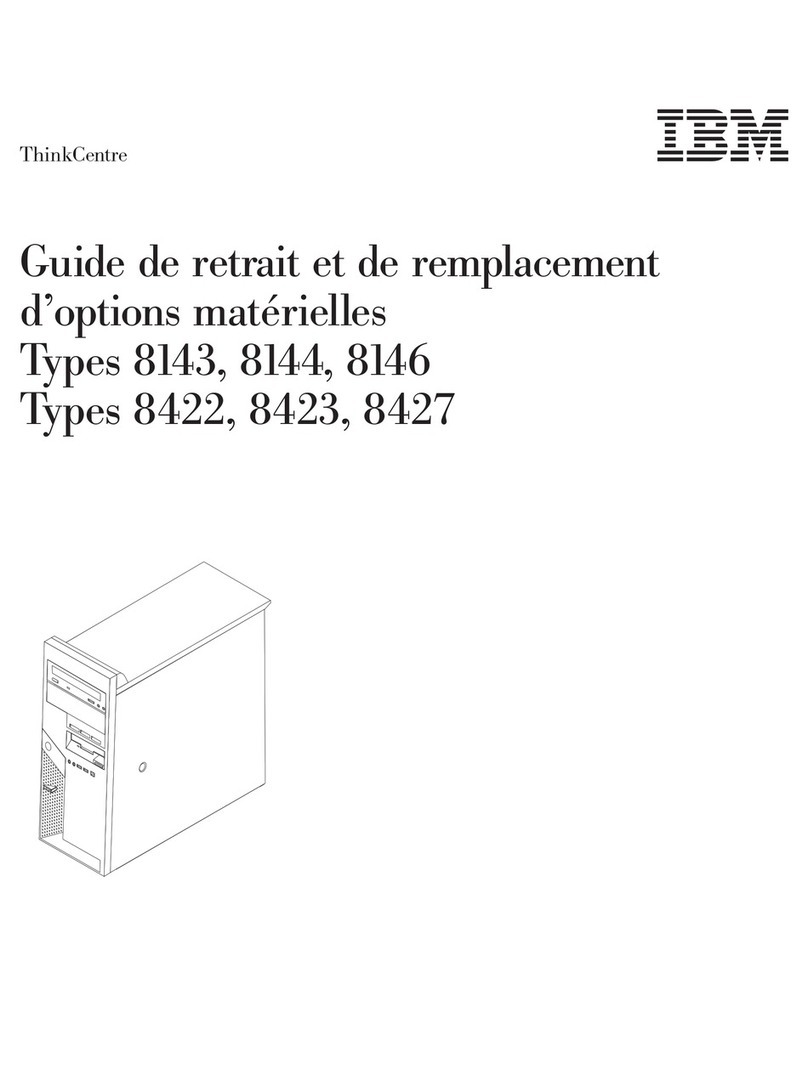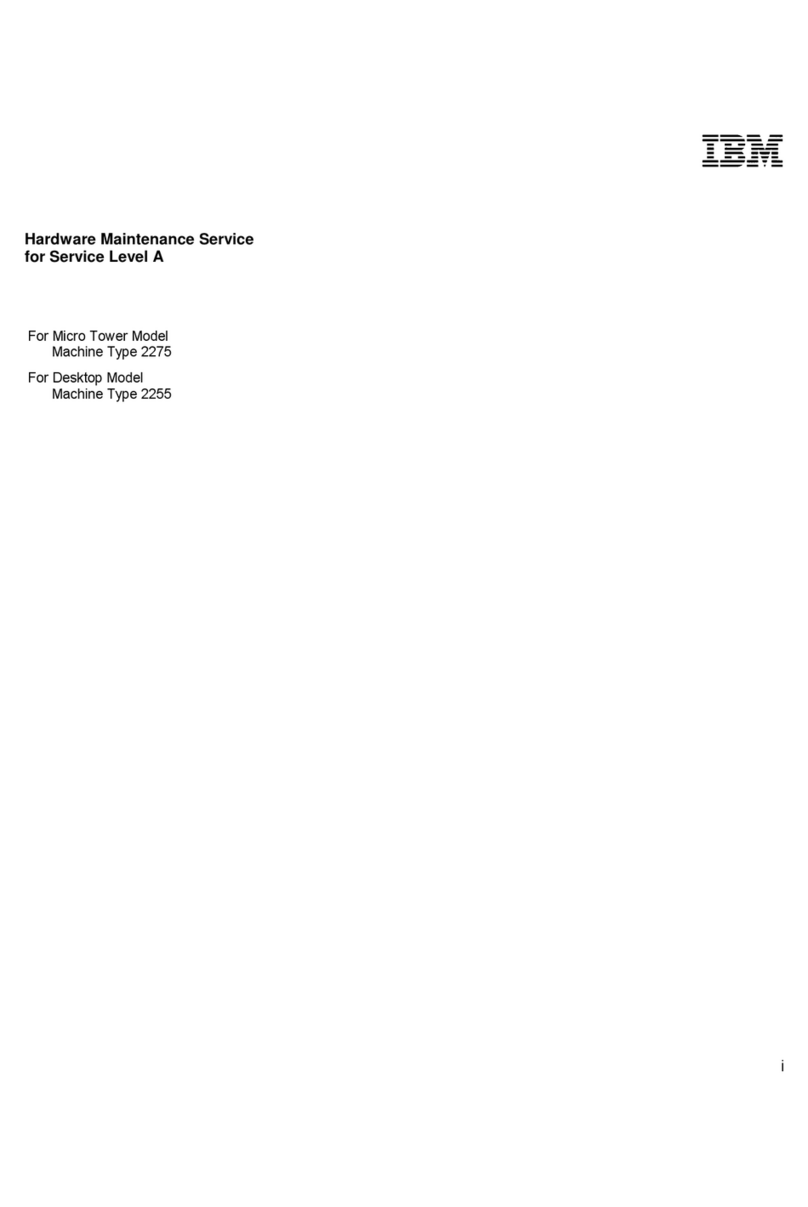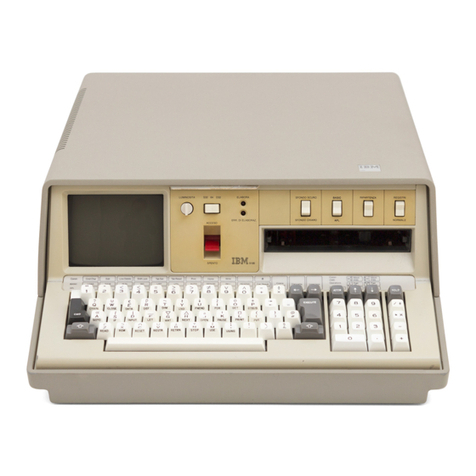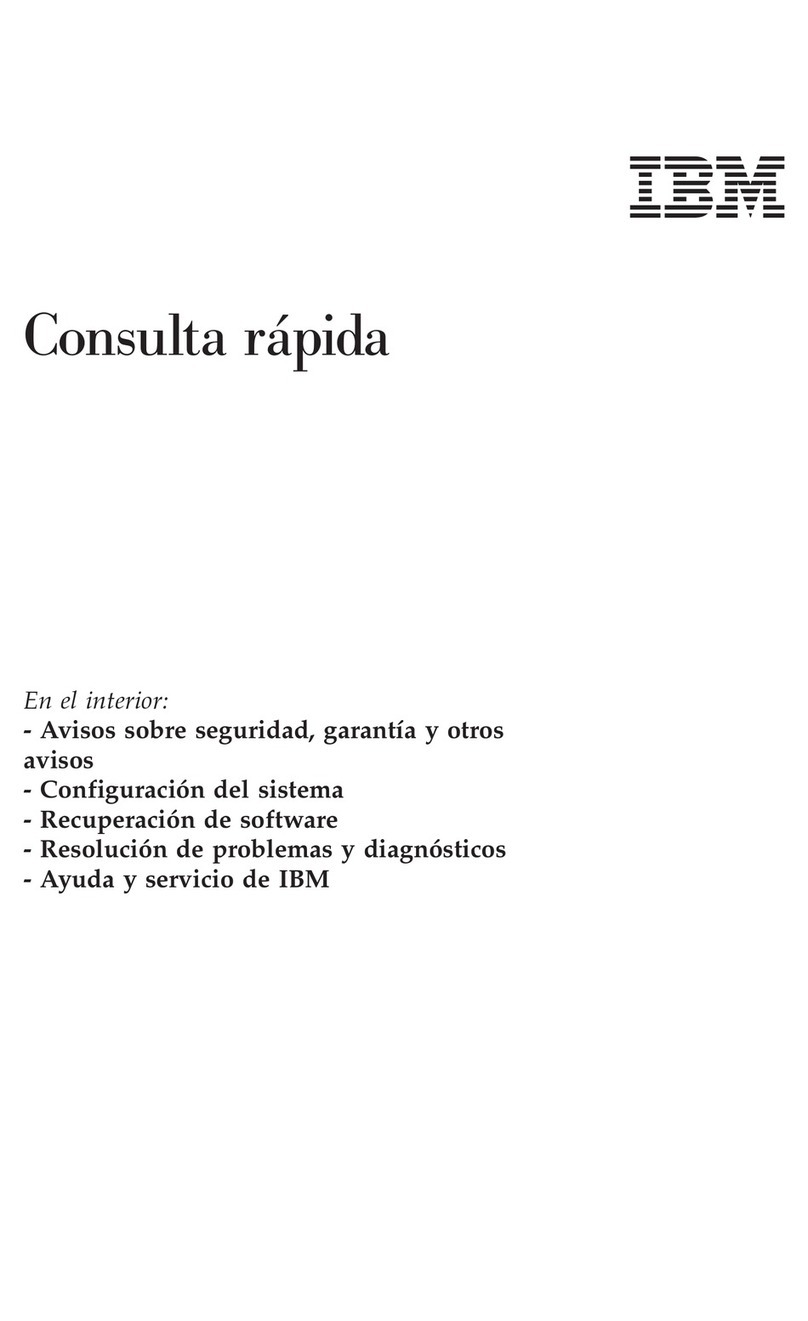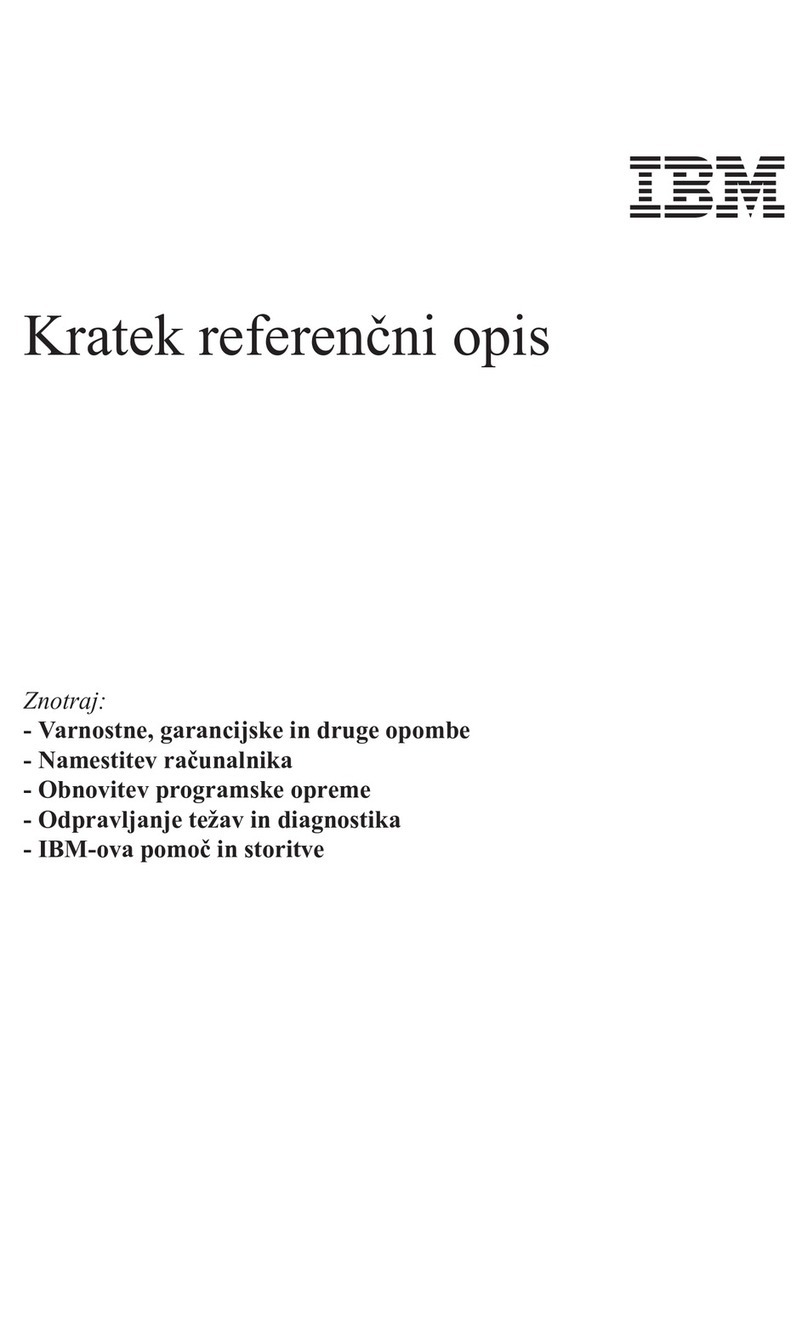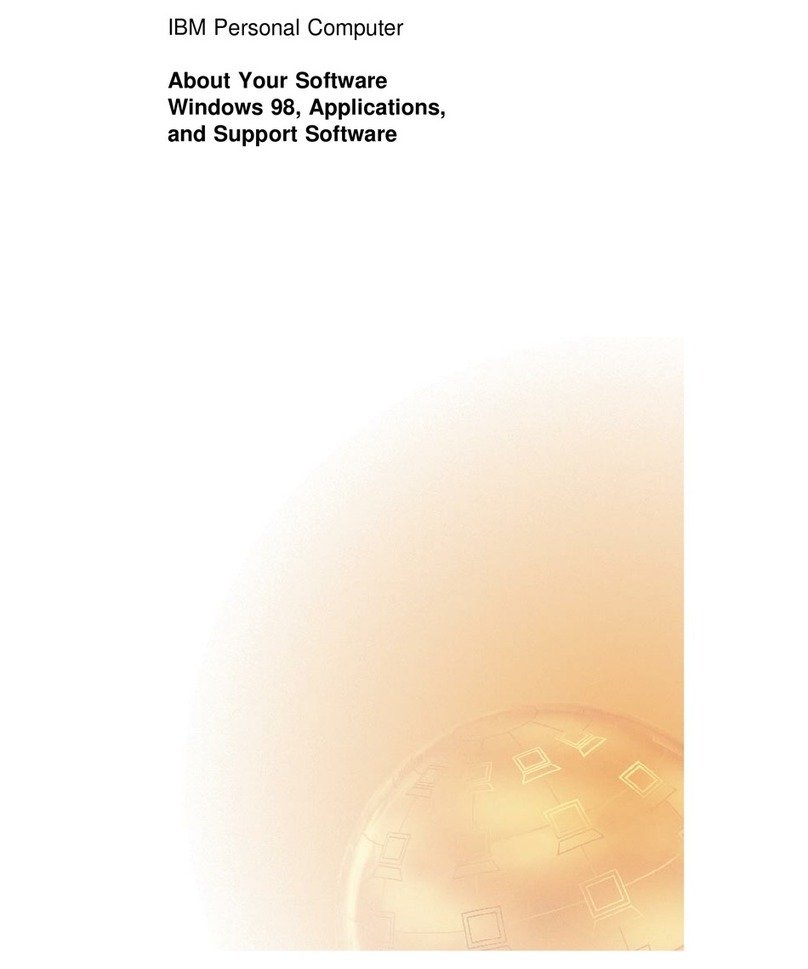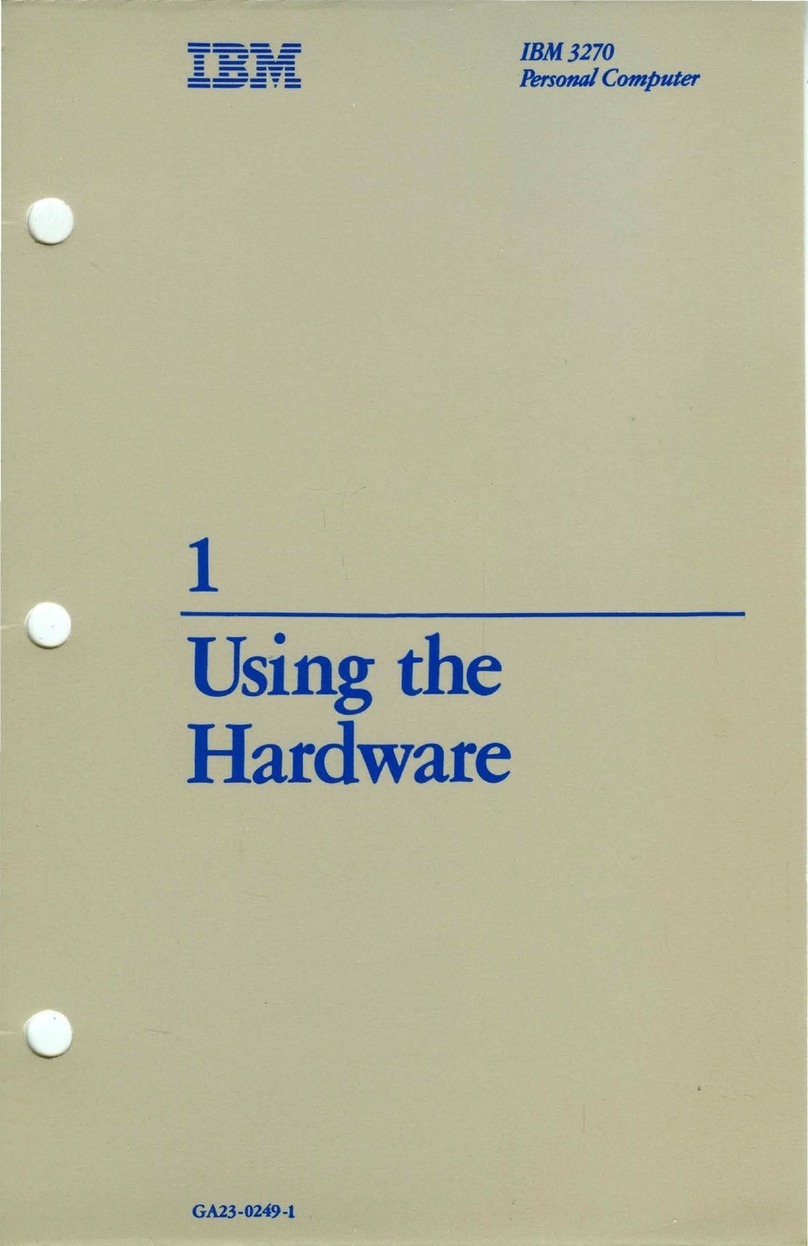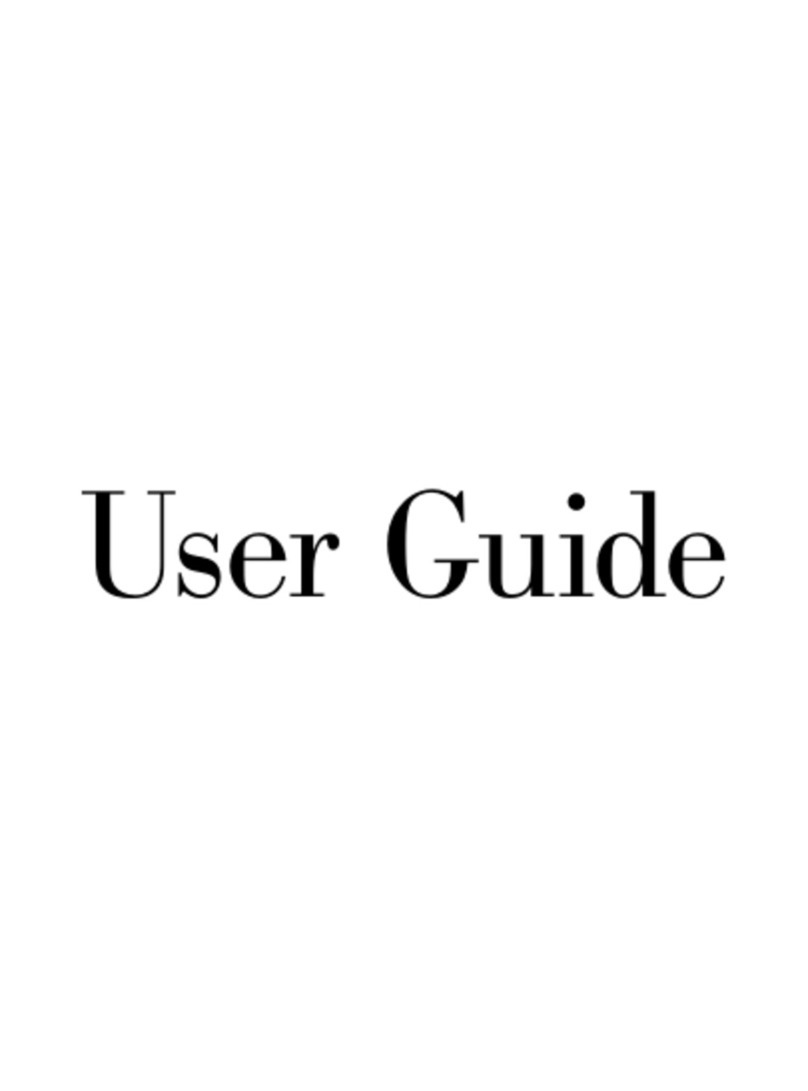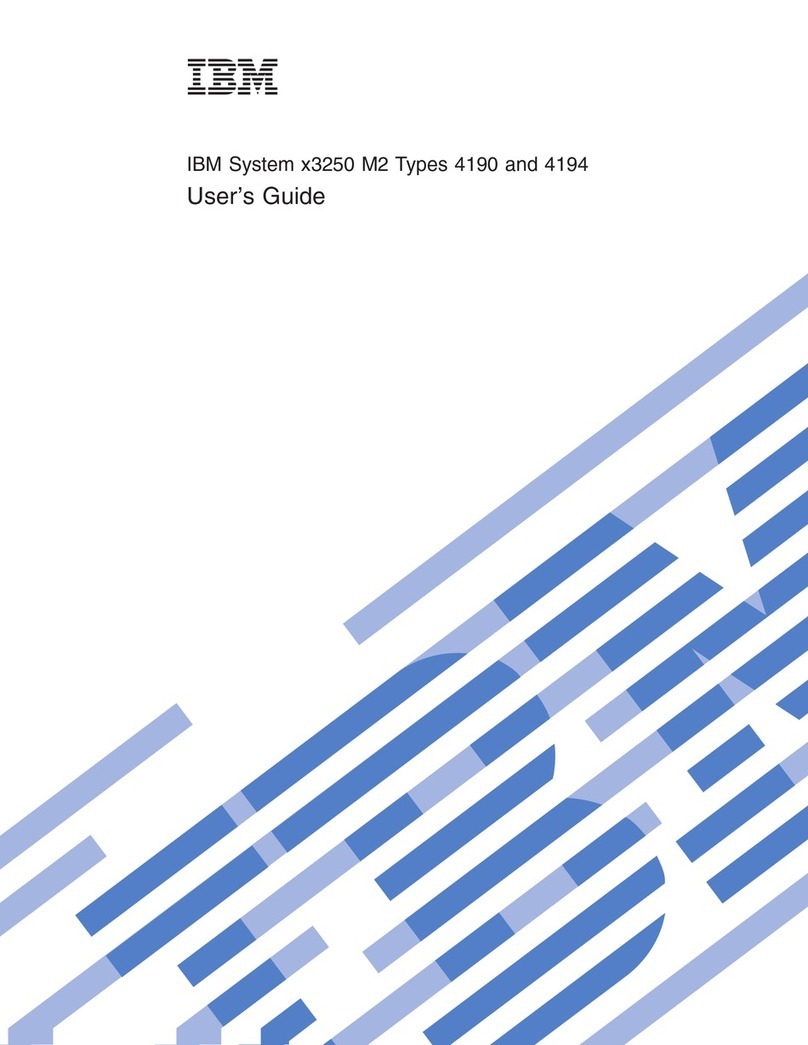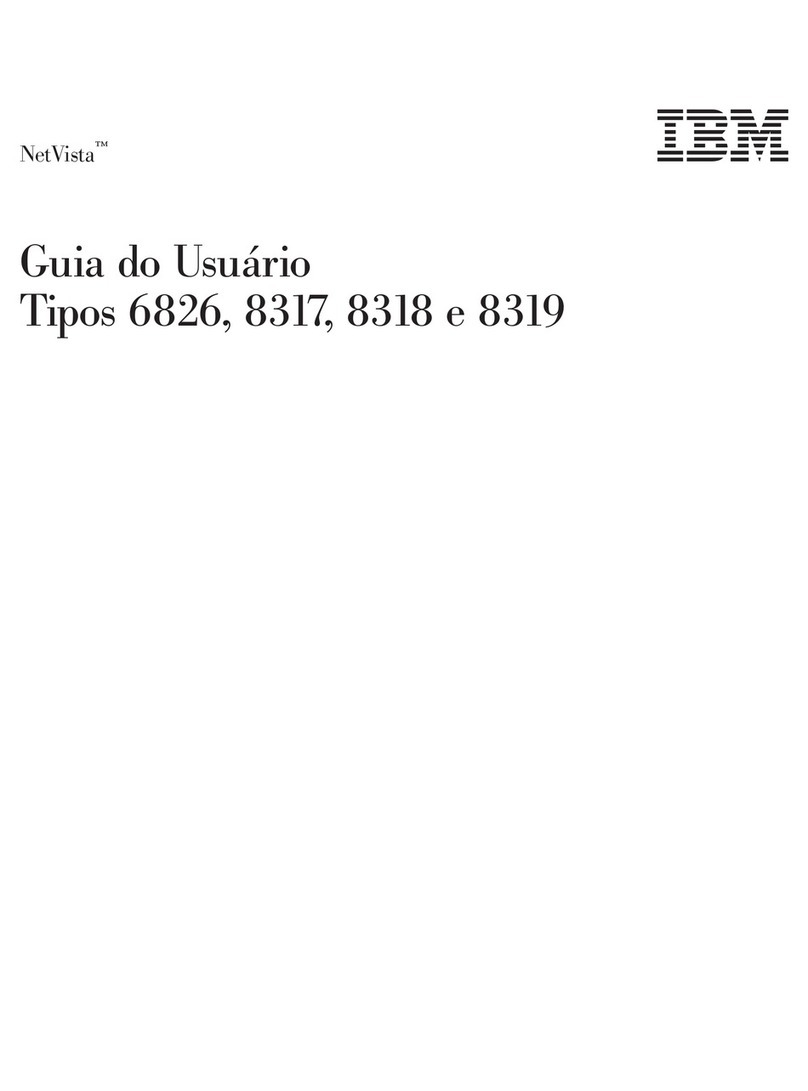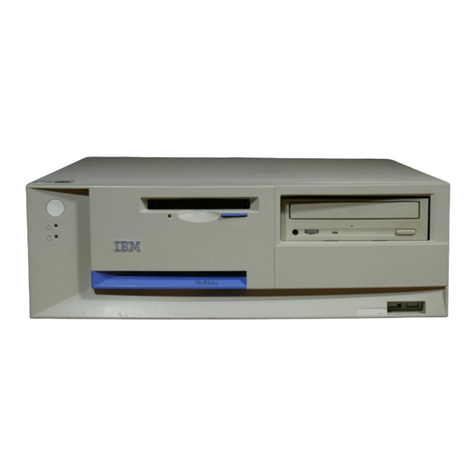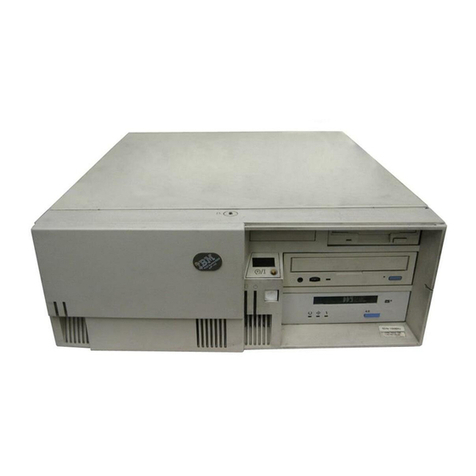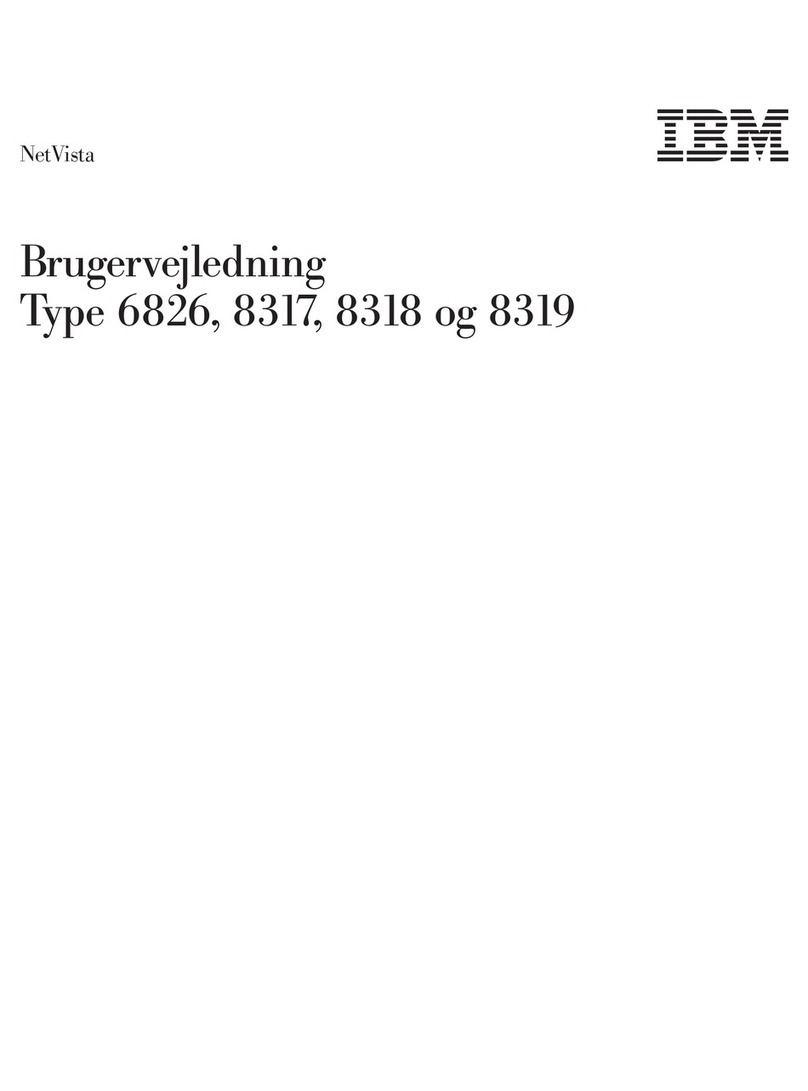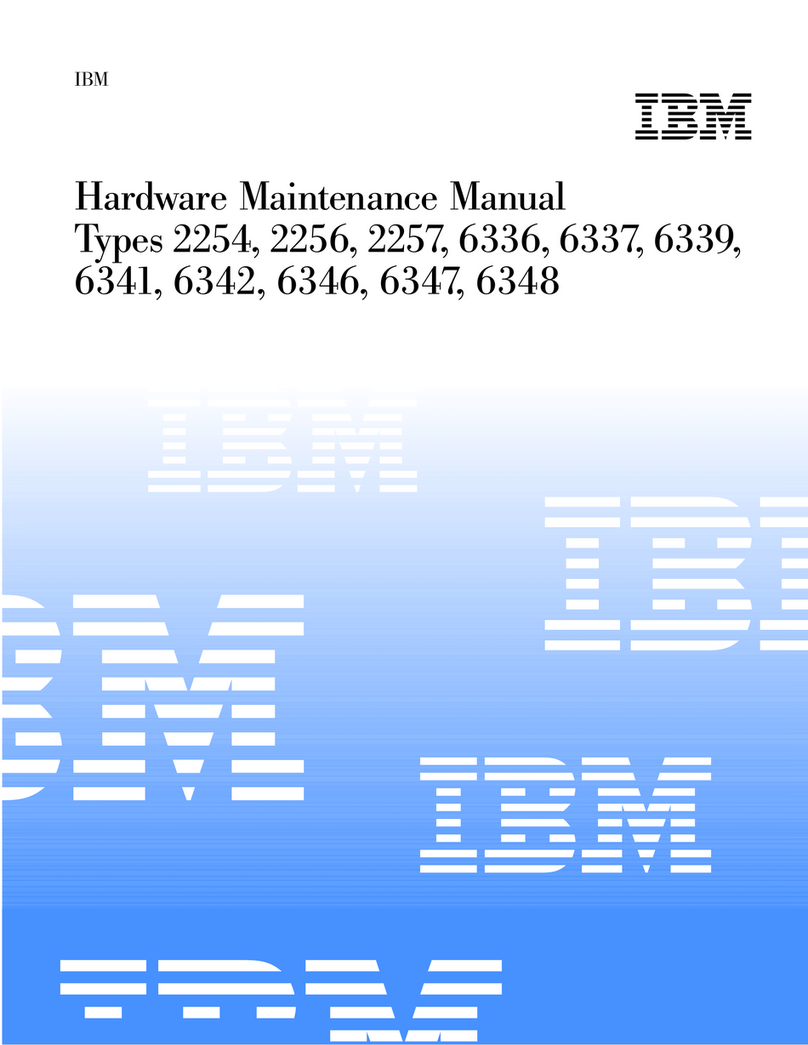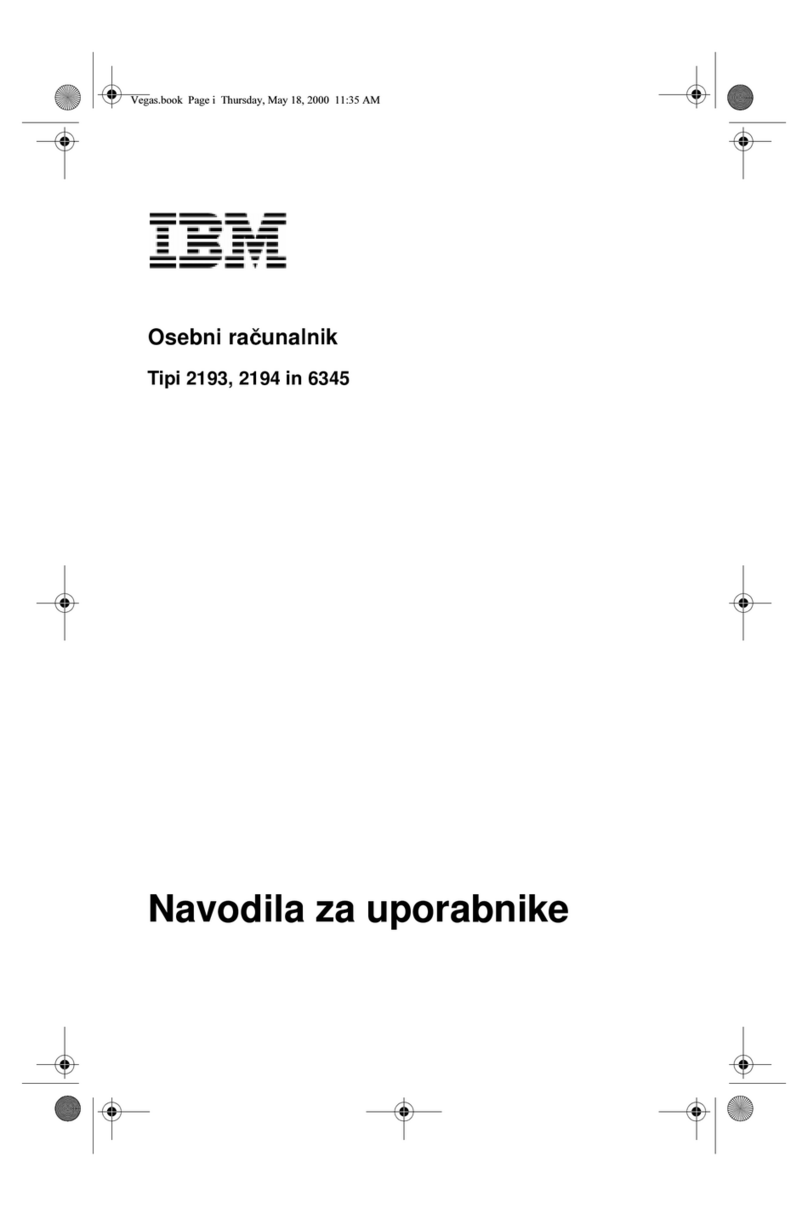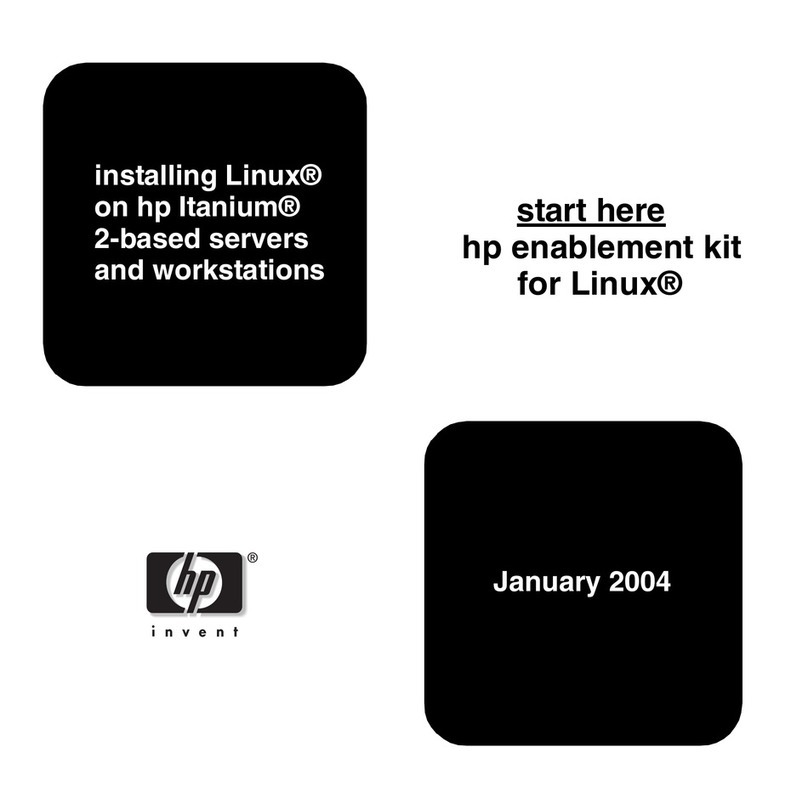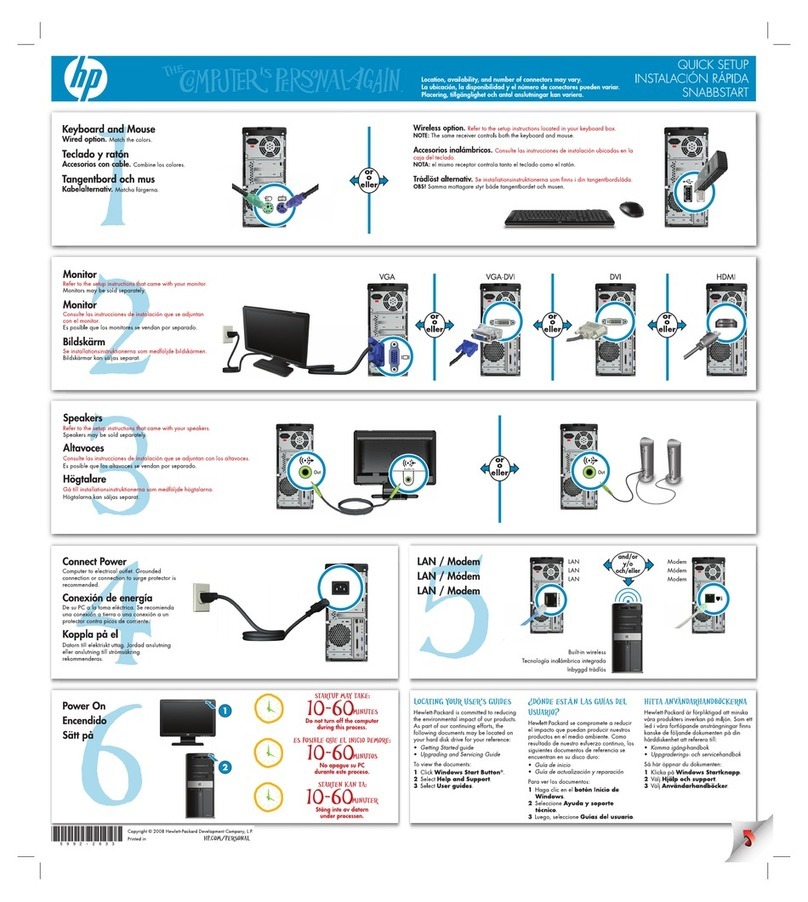
Preface
Organization
Companion Publications
This publication provides introductory, reference, operational,
and
error-recovery
information relative to the functional and programming characteristics of the IBM
3290 Information Panel.
This manual is for system programmers, application programmers, and those who
prepare operating procedures for end users.
This manual has six chapters and three appendixes:
• Chapter 1 contains introductory information.
Chapter 2 gives the characteristics of the 3290.
• Chapter 3 describes functions that are unique to the 3290 and
that
are largely
operator-controlled.
• Chapter 4 lists the 3270 data stream functions supported by the 3290.
For
a
general description of the 3270 data stream functions, the reader
is
referred
to the
IBM
3270
Information Display System Data Stream Programmer's
Reference, GA23-0059. Only those functions unique to the 3290 are
described in this chapter.
• Chapter S describes the 3290 controls and indicators.
• Chapter 6 explains the functions of the keyboard
and
keypad keys.
• Appendix A contc.ins examples
of
operator setup
and
screen management.
• Appendix B lists the 3290 error codes, with the probable causes and
corrective actions.
• Appendix C defines setup level 3 error codes.
A Glossary, preceding the Index, defines terms used in this manual.
It
is
assumed that the user
is
familiar with the 3270
data
stream, its functions,
and
how to write programs using it.
If
not familiar with the 3270
data
stream, the user
should view the
IBM
3270 Information Display System Data Stream
Programmer's Reference, GA23-0059, before trying to use this manual.
In
any
case,
that
publication should be available for reference.
It
may also be necessary to refer to other IBM publications:
•
•
IBM
3270 Information Display System
3274
Control Unit Description and
Programmer's Guide, GA23-0061
IBM
3270
Information Display System Feature Description, GA23-0113
IBM
3270 Information Display System Character Set Reference, GA27-2837
Preface
iii
